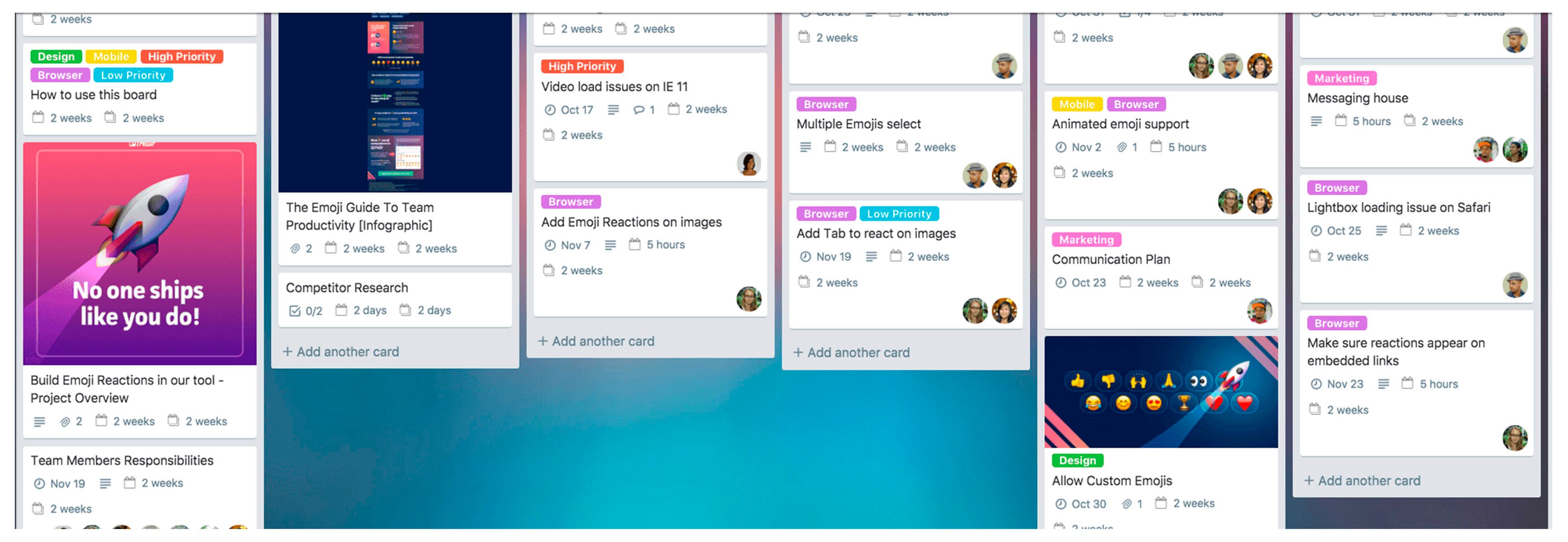
The term Agile Marketing is by no means a new one within the business world. The odds are that even if you aren't actively using an Agile approach to your business, you've heard of it in some way, shape, or form over the last few years. It was born in the world of software development, coming to life in IT departments as they worked quickly to address issues, test their methods, and weigh the results.
It's no secret that IT guys and gals are data-driven people, leaning on the cold, hard numbers over their own opinions when it comes to best-operating practices. And while an Agile process is a natural fit in such an environment, it doesn't mean that other departments, such as Marketing, can't adapt and adjust the same Agile principles that have worked so well at driving success forward for different groups within their company.

What is Agile Marketing?
If you work in marketing, you know what a typical process looks like. Let's say you notice a particular product is raking in tons of revenue, and so you decide to build a strong campaign around the product to get it in front of even more potential buyers. The process will usually look like this:
- Hold brainstorming session, agree on the campaign distinctives
- Get stakeholder approval
- The copywriter begins to develop messaging
- The designer starts to create graphics
- UX team develops necessary components
- Project managers build out digital and direct customer touchpoints
- Submit the first draft to superiors, who have edits
- Edits are made and resubmitted to superiors
- Superiors get final approval from the head honcho
- Campaign launches (a million years later)
By the time the campaign is live, several factors could have changed that make your pitch fizzle. Maybe your product isn't top of mind anymore. Perhaps your messaging is no longer relevant. Because, if we're honest, the average marketing department would have a few more bullet points in there. There could certainly be one for, "CEO gets wind of new trend and changes campaign direction mid-creation," or, "IT department informs Marketing Manager of new bugs that will make campaign inoperable," and on and on the list goes. This, however, is not the case with Agile Marketing.
To understand what Agile Marketing is, you have to understand what an Agile process is. Whatever discipline it is applied to or implemented in, differing methodologies are employed. Still, there is consistency in an abundance of short sprints, focused goals, and decision pivots, with their shorter accountability.
Agile methods are quite like they sound—an agile approach to getting things done while producing winning results in your department (i.e., the polar opposite of the bulleted process above). Of course, there's a lot more to it than that, but that's the gist. All other functions within an Agile process exist to support this core focus. It's all about eating the elephant in small bites and being able to stop one aspect to integrate feedback mid-sprint, rather than after the whole project is finished.

What are the Basic Principles of Agile Marketing?
Build Your War Room
In order to make sure that your team can achieve an Agile Marketing process, there are a few basic principles that you have to abide by to see the kind of results you're looking for. First and foremost, everyone contributing to the project must be prepared for the speed and turn around needed for success. Without full participation, you'll struggle to see the results you want. And that means everybody, from your intern, to your copywriter, to your head honcho. Without their full support, you won't be able to move in a quick manner, which is paramount to Agile Marketing's success.
Once you've got the right people on the bus, it's time to get rolling. In a snapshot, your Agile Marketing team will look like this: A small segment of your department is brought together into what is often known as the war room, or sometimes tribe. This core group of people will be in charge of implementing and carrying out your Agile strategies. The war room needs to be large enough to cover your essential functions (scrum master, copywriter, project manager, UX designer, art director, web team, analytics expert), but small enough that it can still move quickly.
Work in Focused, Attainable Project Sprints
This team's job is to carry out small test projects in "sprints." When the war room is first developed, you'll want to hold a short meeting (as all Agile meetings should be) to list out all of the projects/concepts you'd like to see completed. This is officially your backlog. Projects will be moved each week from the backlog into an active sprint. These sprints are always one-to-two weeks at the max, with a clear directive and test focus.
The scrum manager is in charge of moving projects from the backlog into active sprints, as well as monitoring their progress throughout the process. Throughout the sprint, stand-ups, or daily progress reports, discuss what their action items are that day, as well as who or what roadblocks they are currently up against. This takes accountability to a whole new level. By reporting daily to-do lists, there isn't much room for the dragging of feet that can set in with any department that gets used to a business as usual mentality. It also keeps things transparent.
In the previous process, we outlined, your copywriter may turn their first draft into a superior who is too busy for reviewing. Instead of your copywriter spending the next week asking about the content's review status and slinking back to their desk, feeling frustrated and powerless, they have a system at their behest. A system that all parties agreed to. A system that allows them to say, "I am currently roadblocked on content because I am awaiting review from the Marketing Manager," during a stand-up that holds the roadblock accountable in a structured setting.

Keep the Focus on the Figures
With the focus on testing key factors, this means that your team can make decisions based on results and data versus varying opinions. As test results come back from the sprints, this new data can then be translated into campaign guidelines that support the rest of the marketing team as they carry out their tasks.
For example, let's say the war room spends two weeks testing two different tones of voice for a new branch of the company. One is playful and friendly, while the other is punchy and edgy. After two weeks of testing, the war room determines that customers respond best to the edgier tone by an astronomical number. This information empowers the entire marketing team with a data-driven direction for the tone of voice in all messaging.
The more these sprints are carried out, the more the results can be translated into business rules. This translation makes for a well-oiled machine of a marketing department that runs its campaigns based on data rather than hunches. This allows for continual improvement and more reach for every dollar within the company.
All or Nothing Agile
Here's the thing with Agile Marketing, there's no such thing as doing just a little Agile Marketing. You're either doing it entirely or not at all. If you've got a backlog of projects, but your one-to-two week sprints turn into month-long ordeals, you're just a department with a really long to-do list that's been put on hold.
Maybe you do stand-ups but don't actively implement the system of daily tasks that get checked-off and roadblocks that get checked. Unfortunately, that just makes you a marketing team that has morning meetings. For Agile Marketing to truly work, you've got to activate every aspect of the strategy to see success. If you try it half-baked, then don't be surprised when you never get a piece of the pie.
Have you tried implementing Agile Marketing into your department? What are some issues you've had in activating this proven strategy? What's worked well for you? Tell us in the comments below!
Like what you're reading? Check out these other articles from PRIME:
The Ultimate Marketing Dictionary
Social Media Influencers: Finding the Right Influence for Your Business


